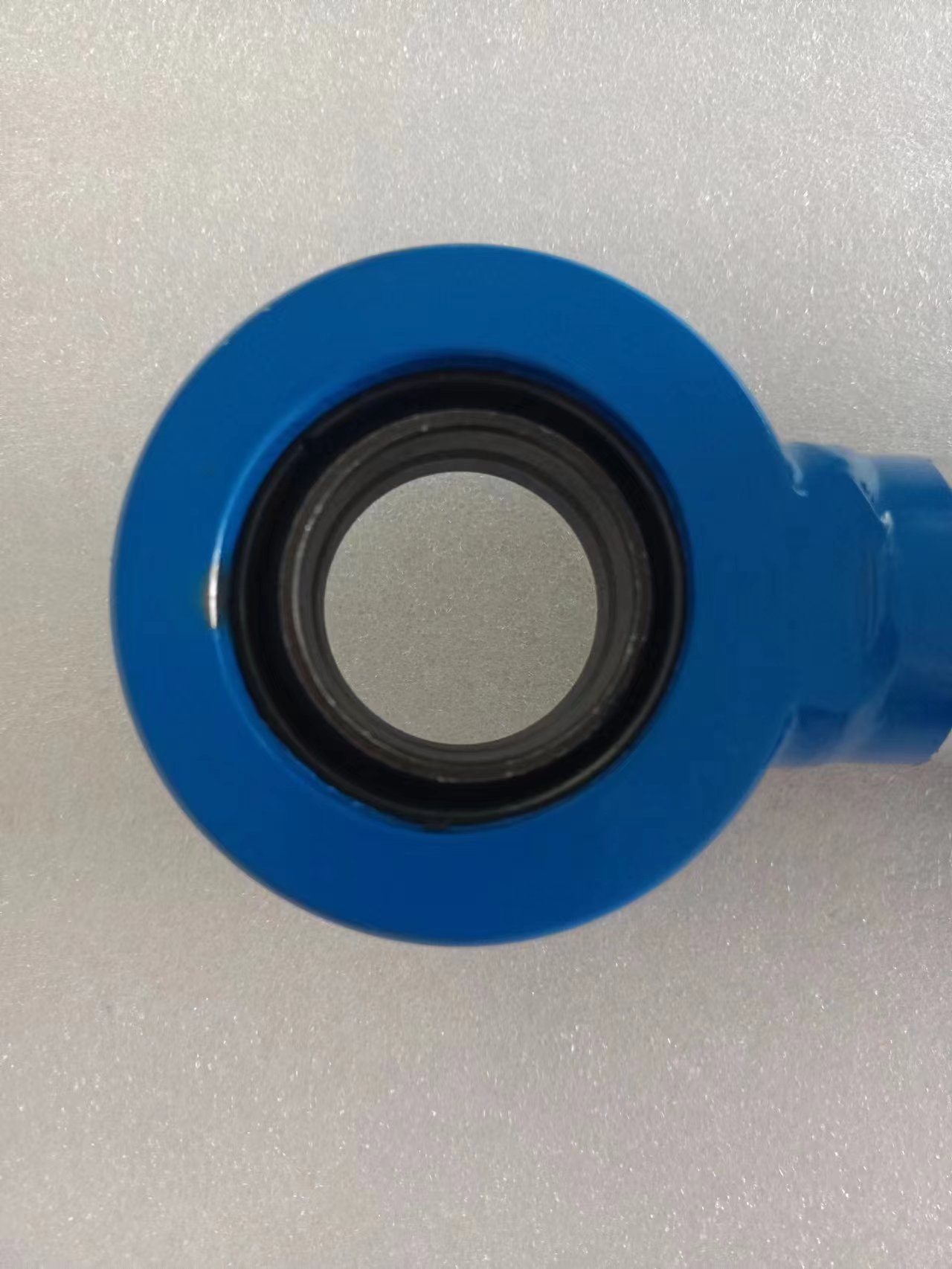Nov . 09, 2024 04:13 Back to list
Custom Hydraulic Cylinder Solutions and Tools for Your Unique Needs
Custom Hydraulic Cylinder Tools Enhancing Performance and Precision in Industrial Applications
Hydraulic cylinders are essential components in various industrial applications, providing the necessary force to move heavy loads and perform critical operations. The increasing demand for efficiency and precision in industries such as construction, manufacturing, and automotive has led to the development of custom hydraulic cylinder tools. These specialized tools not only enhance the performance of hydraulic systems but also ensure that they meet the specific needs of different applications.
Understanding Hydraulic Cylinder Tools
Hydraulic cylinders operate based on the principles of fluid mechanics, converting hydraulic energy into mechanical energy. They consist of a cylindrical barrel, a piston, a rod, and hydraulic fluids. When pressurized fluid enters the cylinder, it forces the piston to move, generating linear motion. This motion can be harnessed for tasks such as lifting, pushing, or pulling heavy materials. However, the standard hydraulic cylinder may not be suitable for every application, which is where custom solutions come into play.
The Importance of Customization
One of the primary benefits of custom hydraulic cylinder tools is the ability to tailor the design and functionality to meet specific operational needs. Industries often encounter unique challenges that standard hydraulic solutions cannot effectively address. Customization can include varying the size, stroke length, attachment type, and operating pressure of the hydraulic cylinders. By doing so, businesses can optimize their machinery for various tasks, enhancing both productivity and safety.
Key Features of Custom Hydraulic Cylinder Tools
1. Precision Engineering Custom hydraulic cylinder tools are designed with precision engineering to ensure optimal performance. Manufacturers use advanced technologies and materials to create cylinders that withstand high pressures and frequent use.
custom hydraulic cylinder tools

2. Material Selection Depending on the application, different materials can be used for customization. For example, high-strength steel may be selected for heavy-duty applications, while aluminum could be used for lightweight needs.
3. Corrosion Resistance In industries such as marine and chemical processing, hydraulic cylinders may be exposed to corrosive environments. Custom tools can be designed with coatings and materials that offer resistance to rust and chemical damage.
4. Compatibility Custom hydraulic tools can be made to fit with existing machinery and systems, ensuring seamless integration. This compatibility reduces downtime and increases the overall efficiency of operations.
5. Functionality Enhancements Custom hydraulic cylinder tools can incorporate features such as sensors for real-time monitoring, automated controls, or specialized attachments designed for particular tasks, significantly enhancing their functionality.
Applications of Custom Hydraulic Cylinder Tools
Custom hydraulic cylinder tools are utilized in numerous industries, each benefiting from their unique customization. In the construction sector, these tools aid in tasks such as lifting beams, digging trenches, and demolishing structures. In manufacturing, custom cylinders can be used for assembly lines, molding processes, and metal forming. The automotive industry relies on hydraulic tools for tasks ranging from assembly to testing vehicle components.
Conclusion
The significance of custom hydraulic cylinder tools cannot be overstated. They play a crucial role in enhancing the performance, safety, and efficiency of industrial operations. By providing tailored solutions that address the unique challenges faced by different sectors, these tools help businesses stay competitive in an ever-evolving market. As industries continue to advance and diversify, the demand for innovative, customized hydraulic solutions will only increase, paving the way for new technologies and methods in hydraulic engineering. Investing in custom hydraulic cylinder tools is not just a choice; it is a strategic move towards achieving operational excellence and maximizing productivity.
-
Fork Lift Power Units - Hebei Shenghan | Efficiency, Reliability
NewsJul.13,2025
-
1.5-Ton Turbocharged Cylinder-Hebei Shenghan|Hydraulic Solution,Energy Efficiency
NewsJul.13,2025
-
Auto Hoist Power Units-Hebei Shenghan|Efficiency&Industrial Lifting
NewsJul.13,2025
-
Double Acting Power Units-Hebei Shenghan|Hydraulic Solutions,Industrial Efficiency
NewsJul.13,2025
-
1.5 Ton Lifting Cylinder 70/82-40-290-535 - High-Performance Hydraulic Solution | Hebei Shenghan
NewsJul.13,2025
-
Fork Lift Power Units - Hebei Shenghan | Efficiency&Reliability
NewsJul.13,2025
